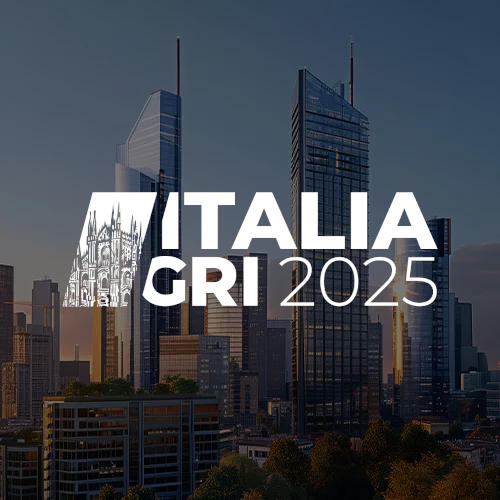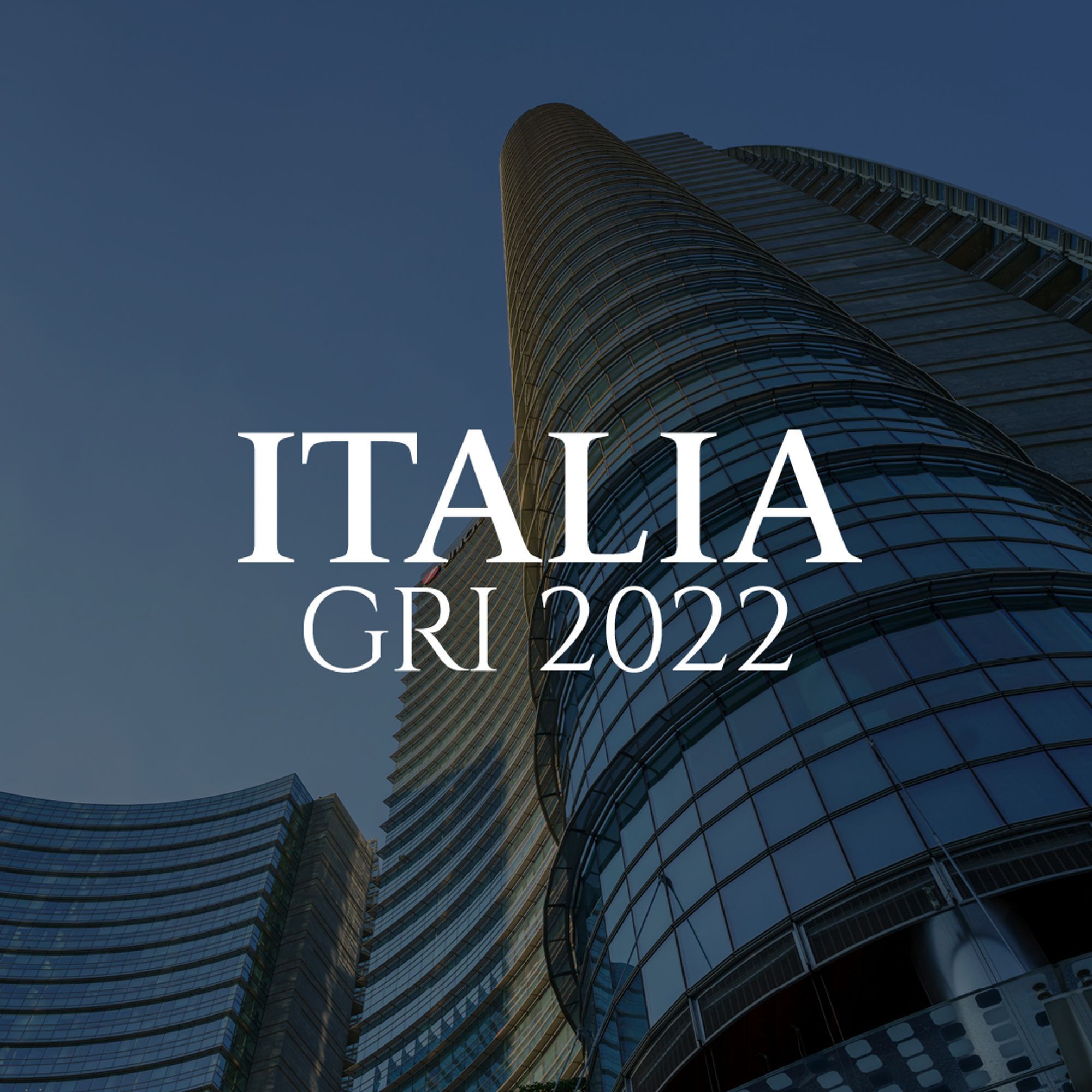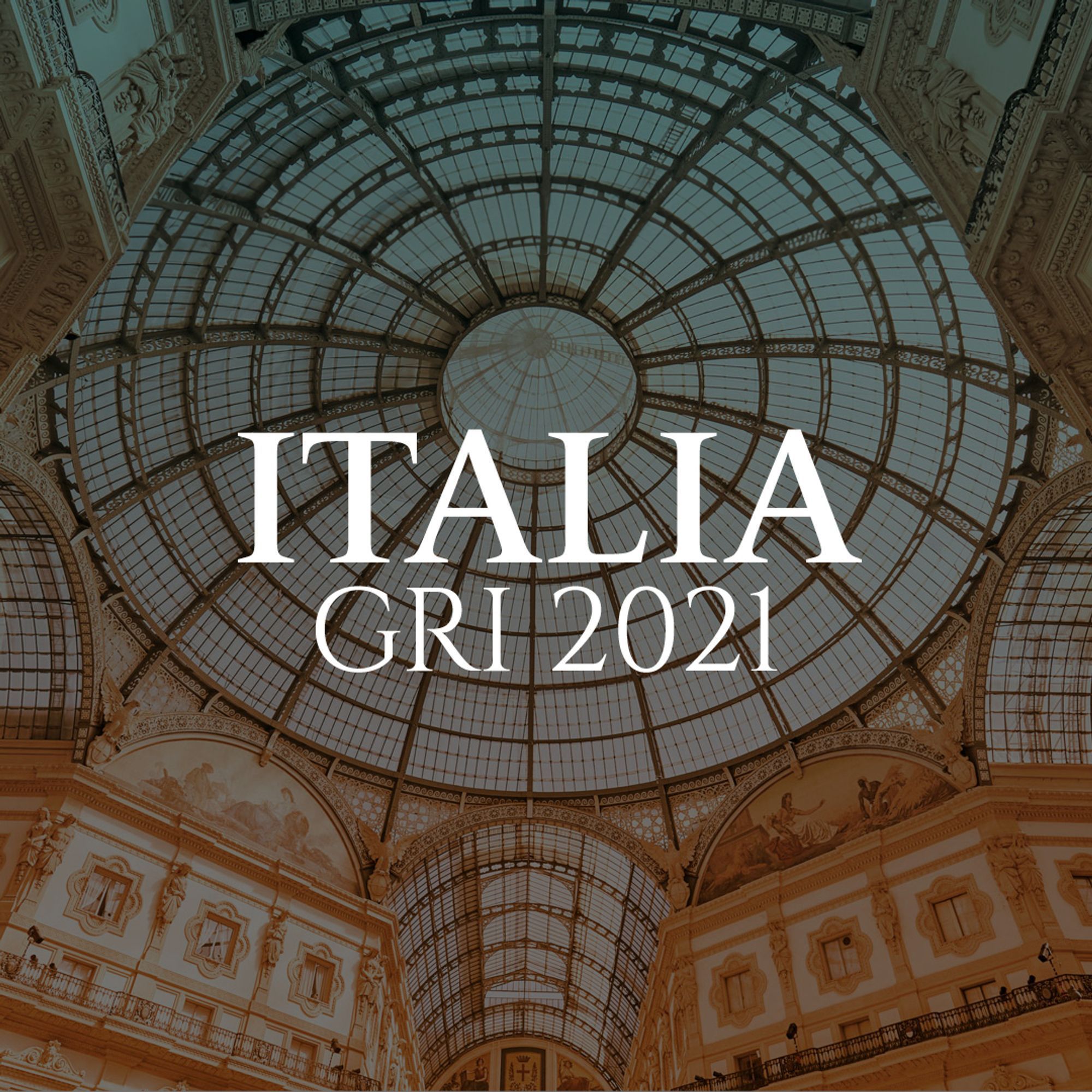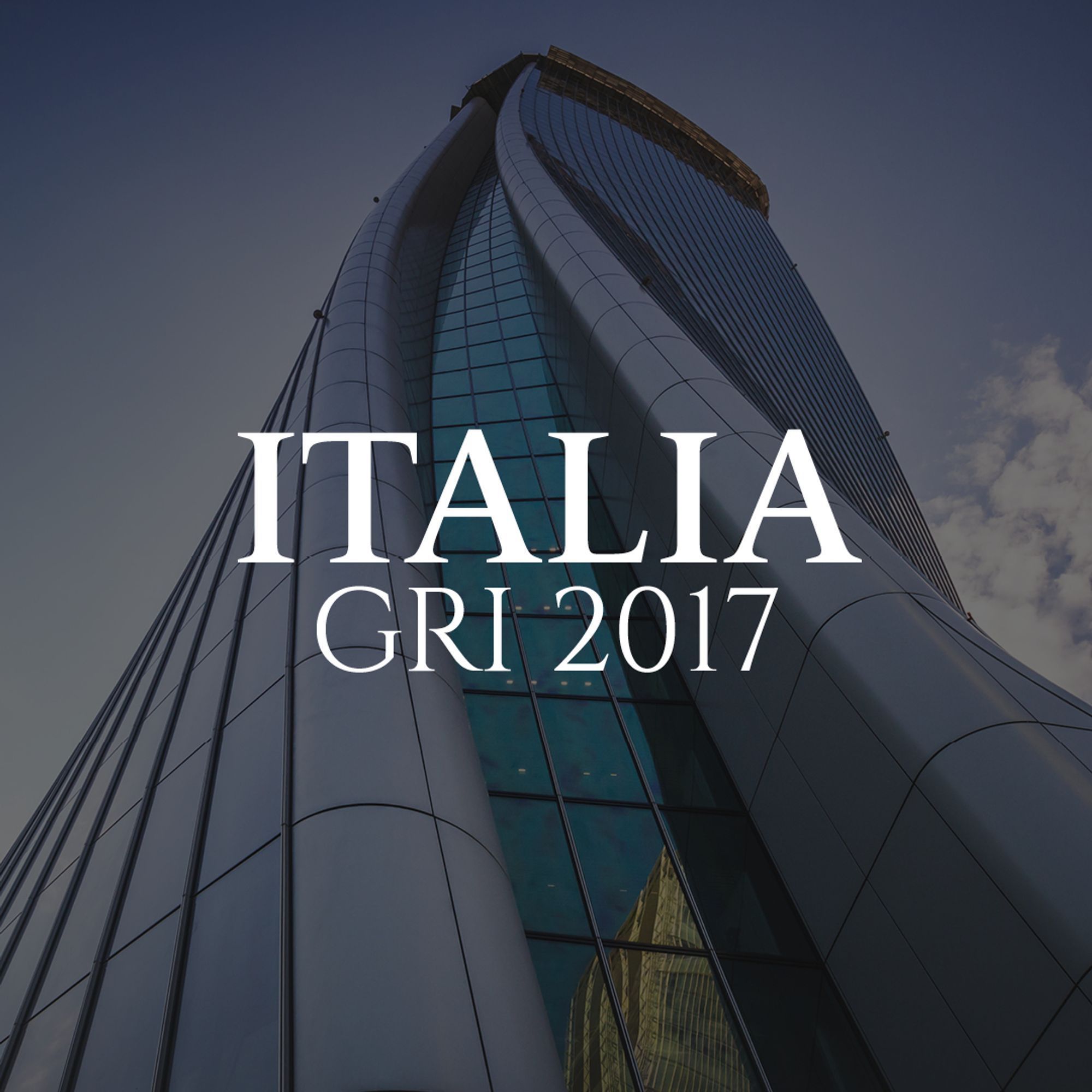Italia GRI 2026

Our team will get back to you soon





Italia GRI 2026 brings together senior real estate players to explore the future of Italy’s market. Through high-level discussions and interactive roundtables, participants will assess where the market stands in the current cycle, how capital is being deployed, and what strategies are driving resilience and growth across asset classes. The conference opens with a forward-looking investors’ talkshow setting the macro context—covering confidence, pricing, capital flows, and risk appetite—before moving into focused debates on the sectors and themes shaping Italy’s next phase of real estate investment.
Throughout the event, discussions will focus on identifying opportunity amid repricing, aligning projects with regulation and ESG goals, and structuring partnerships that unlock long-term value. The program closes with a debt-focused session examining liquidity, refinancing, and credit dynamics as Italy moves into 2026. Designed for senior decision-makers, Italia GRI 2026 serves as a meeting point for the leaders shaping capital allocation, development strategy, and the evolution of Italy’s built environment.
Submit your interest to the
Italia GRI 2026

Our team will evalute your profile
and will get back to you soon
We take a large number of information into consideration but in short, applying leaders must meet 2 basic criteria:
a) Seniority: decision-makers only.
b) Principal: invested real estate or infrastructure companies with capital at risk.






Navigating Italy’s 2026 Real Estate Cycle
- Market Sentiment — Is Italy entering a new investment cycle, or will repricing continue to test confidence through 2026?
- Capital Flows — Where is capital coming from—domestic institutions, global private equity, or funds—and how is it being deployed across sectors?
- Macroeconomic Outlook — How are inflation, interest rates, and monetary policy shaping investor appetite and pricing assumptions?
- Risk & Returns — What’s the new normal for yields, debt costs, and exit expectations across Italy’s prime and secondary markets?
- Opportunities Ahead — Where do investors see growth over the next cycle—living, logistics, tourism, or mixed-use regeneration?
Italy’s Retail Upswing
Growth, Yield, Resilience
- Yield Focus — Prime high street vs. top malls vs. outlets: what spread makes capex worth it?
- Luxury Assets — Tourism spend, ultra-prime rents, and how do turnover rents work now?
- Capital Flows — Which buyer profiles are active (core/core+, private wealth, value-add), typical ticket sizes, and which cities are seeing the tightest bidding?
- Leases & Risk — Turnover vs. fixed rents, breaks, and service charges—what’s financeable in 2026?
- Exit Strategies — Stabilize for core buyers or sell as mixed-use—what exit cap are you targeting?
Global Events as Catalysts for Growth
How Real Estate Wins from Worldwide Attention
- The Olympic Effect — How did Milan-Cortina 2026 catalyze development, investment, and infrastructure renewal across Lombardy and Veneto?
- Capital & Partnerships — How are public–private collaborations structured to fund and deliver event-driven projects?
- Sector Impact — Which sectors—hospitality, residential, logistics, and mixed-use— benefit most from international events?
- Urban Legacy — How can host cities convert short-term investment into long-term regeneration, connectivity, and brand value?
- Global Lessons — What can Italy learn from London, Paris, and Barcelona about leveraging global events for sustained real estate growth?
The Italian Residential Equation
From Build-to-Rent to Build-to-Sell
- Market Dynamics — How are macroeconomic conditions, interest rates, and construction costs influencing BTR and BTS viability in 2026?
- Demand Drivers — How deep is tenant demand for rental products, and what buyer segments are still active in the for-sale market?
- Capital Flows & Structures — Who’s funding Italy’s living pipeline—domestic SGRs, institutional investors, or international capital—and how are deals being financed (equity, bank debt, or forward-sale)?
- Planning & Regulation — How are local frameworks and ESG mandates (EPBD, EU taxonomy) impacting design, cost, and delivery timelines?
- Product & Positioning — How are developers segmenting between mid-market and premium offerings, and which formats best align with affordability and yield targets?
Alternative Living in Italy
Scaling PBSA, Senior, and Flexible Models
- Market Fundamentals — How are demographic shifts, student mobility, and aging trends shaping demand for PBSA and senior living?
- Capital Flows — Which investors and operators are leading alternative living deals, and how are projects being financed and structured?
- Regulation & ESG — How are planning rules, care standards, and sustainability criteria affecting feasibility and investment appetite?
- Returns & Exits — How do yields and exit routes in PBSA, senior, and co-living compare with traditional residential models?
- Borrowing Global Playbooks — How is Italy adapting international concepts like co-living, flex living, and hybrid residential platforms to meet changing lifestyles and affordability targets?
Italian Offices
Finding Value in a Shifting Market
- Market Outlook — Are office yields stabilizing in Milan and Rome, or will repricing continue into 2026?
- Occupier Demand — Flight to quality vs. flexible use: what’s actually driving leasing activity post-hybrid transition?
- Value-Add Opportunities — Repositioning B/C assets through retrofit, ESG upgrades, or conversions to mixed-use and living?
- Development & Pipeline — What’s under construction, what’s stalled, and how are developers adapting to new regulations and financing constraints?
- ESG & EPBD Compliance — How are investors managing energy performance deadlines and funding deep retrofit capex?
Urban Regeneration & Mixed-Use in Italy
From Legacy Assets to Livable Cities
- Market Momentum — Which Italian cities and regeneration zones are driving the next generation of large-scale, mixed-use projects?
- Capital & Partnerships — How are investors, developers, and municipalities collaborating—through joint ventures, PPPs, or platform-level investments—to deliver long-term regeneration?
- Planning & Regulation — How are zoning frameworks and permitting reforms supporting or constraining regeneration-led development?
- Sustainability & ESG — How are developers meeting EPBD and EU taxonomy standards while keeping projects financially viable?
- Infrastructure & Mobility — How do transport networks, energy infrastructure, and public-realm design shape the long-term success of regeneration districts?
Italy’s Hospitality Renaissance
From Capital Deployment to Operational Excellence
- Market Momentum — Is Italy’s tourism and ADR growth translating into durable investment performance across city and resort markets?
- Investment & Asset Strategies — Luxury conversions vs. value-add repositioning: which projects and locations deliver sustainable yields?
- Capital Flows & Partnerships — Who’s funding Italy’s hotel pipeline—core funds, private equity, family offices, or institutional capital—and how are partnerships with operators structured?
- Owner–Operator Alignment — Which models (HMA, franchise, variable lease) best align investor goals and brand performance?
- Operational Efficiency — How are operators managing labor, energy, and technology to maintain margins?
Value-Add & Asset Repositioning in Italy
Turning Obsolescence into Opportunity
- Repricing & Opportunity — Which assets and locations now offer the best entry points for value-add strategies after the 2024–25 correction?
- Repositioning Strategies — Offices to mixed-use, retail to leisure, or obsolete assets to living: where are developers finding the strongest conversion economics?
- Capital & Partnerships — Who is funding these transformations—domestic SGRs, international funds, or private equity—and what deal structures work best?
- Execution Challenges — Planning, permitting, and construction costs: how can investors keep projects viable amid inflation and regulatory complexity?
- Exit Outlook — Refinance, forward sale, or long-term hold: which exit paths are proving most profitable in 2026’s capital markets?
Italy´s Logistics & Light Industrial Assets
Where Operating Needs Meet Investor Returns
- Demand Drivers — 3PLs, e-commerce, grocery cold-chain, and SME manufacturing/reshoring: which tenants are real vs. transient?
- Capital Flows & Partnerships — Development funding, buying stabilized or JV models with local developers?
- ESG to Financing — Certifications, energy intensity, embodied carbon choices: which measures tighten margins and widen buyer pools at exit?
- Location Strategy - Urban fringe (Milan ring roads, Rome GRA) vs. corridor mid-box (Piacenza/Verona/Bologna)
Italy´s Real Estate Debt Outlook 2026
- Debt Market Sentiment — Is liquidity returning to Italy’s real estate debt markets, or will higher rates continue to limit deal flow?
- Pricing & Leverage — Where are LTVs, spreads, and margins stabilizing across core, value-add, and development loans?
- Alternative Lenders — Are debt funds filling the gap left by banks, and how are they structuring mezzanine, bridge, and whole-loan products?
- Refinancing Wave — How are owners managing upcoming maturities and repricing risk amid tighter credit and higher refinancing costs?
- Distress & Special Situations — Are rising rates creating opportunities for credit investors to acquire or recapitalize assets below replacement cost?
Contact our team and check the sponsorship and exposure opportunities according to the strategy of your company.

Our team will get back to you soon




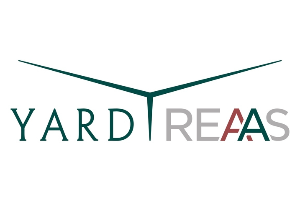
for Premium members
Your Account Manager will be notified and will get back to you soon!
Thank you for your interest
If you have any doubts, please send us a message at: [email protected]
Please enter your business email
Perfect, thanks.
Click below to proceed with your registration
Great!
Your participation in the online event is confirmed.
This event wer have the option to participate in person.
Are you interested?
